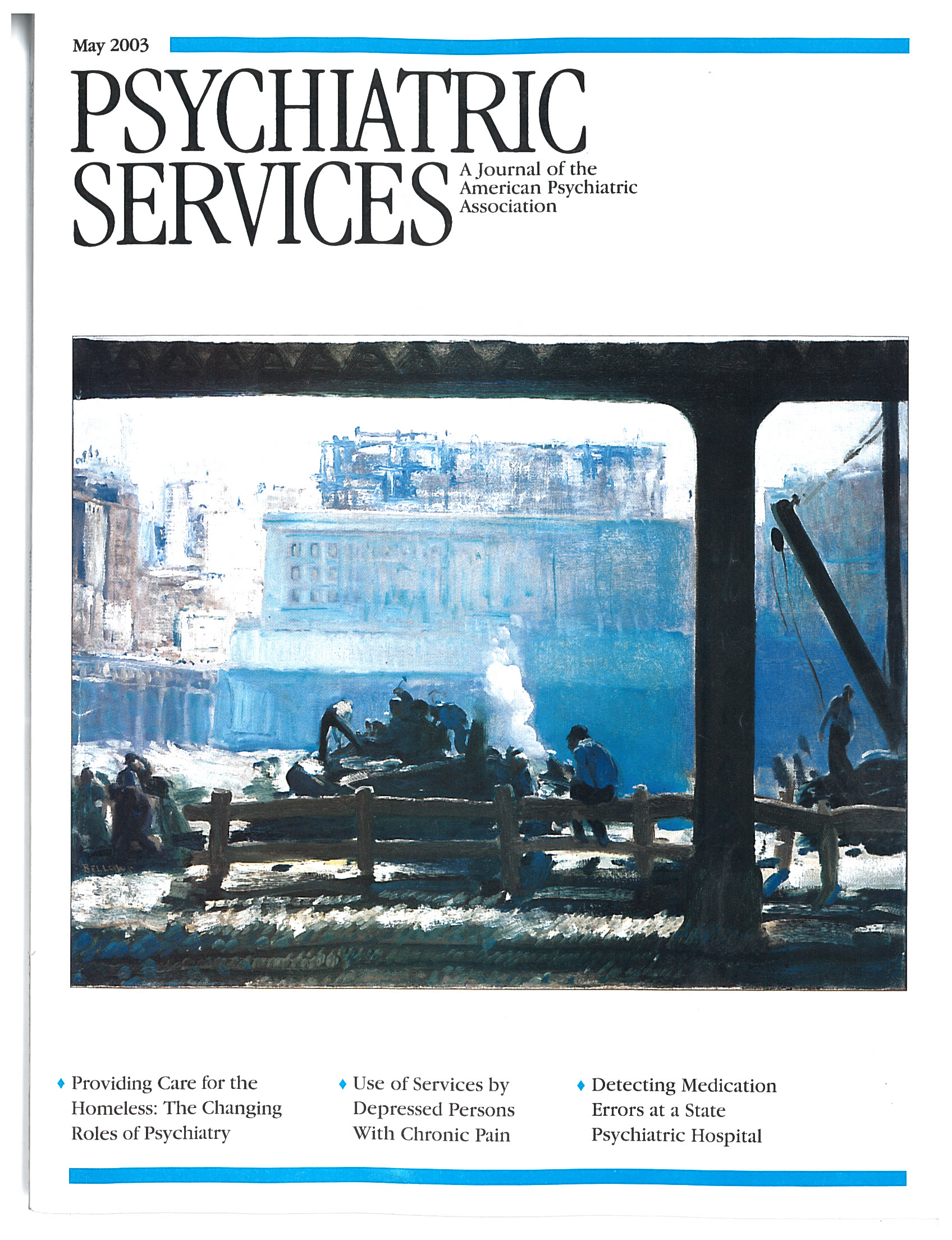Cost-Effectiveness of Collaborative Care for Depression in a Primary Care Veteran Population
Abstract
OBJECTIVE: This study examined the incremental cost-effectiveness of a collaborative care intervention for depression compared with consult-liaison care. METHODS: A total of 354 patients in a Department of Veterans Affairs (VA) primary care clinic who met the criteria for major depression or dysthymia were randomly assigned to one of the two care models. Under the collaborative care model, a mental health team provided a treatment plan to primary care providers, telephoned patients to encourage adherence, reviewed treatment results, and suggested modifications. Outcomes were assessed at three and nine months by telephone interviews. Health care use and costs were also assessed. RESULTS: A significantly greater number of collaborative care patients were treated for depression and given prescriptions for antidepressants. The collaborative care patients experienced an average of 14.6 additional depression-free days over the nine months. The mean incremental cost of the intervention per patient was $237 for depression treatment and $519 for total outpatient costs. A majority of the additional expenditures were accounted for by the intervention. The incremental cost-effectiveness ratio was $24 per depression-free day for depression treatment costs and $33 for total outpatient cost. CONCLUSIONS: Better coordination and communication under collaborative care was associated with a greater number of patients being treated for depression and with moderate increases in days free of depression and in treatment cost. Additional resources are needed for effective collaborative care models for depression treatment in primary care.



